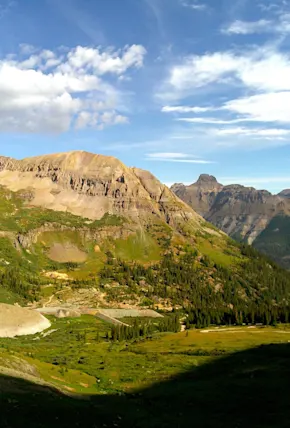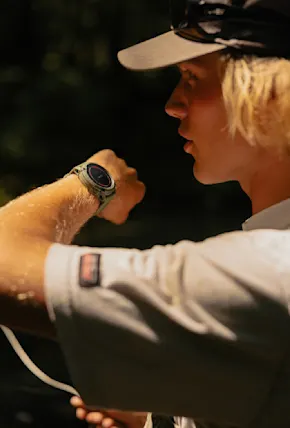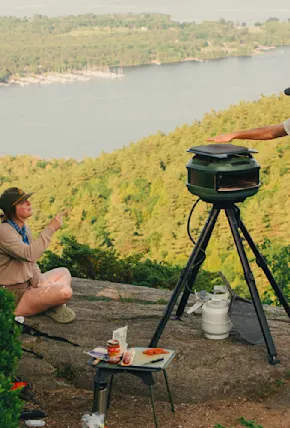Typical down insulation is a meat industry byproduct that comes from overfed, live-plucked geese and ducks. The feathers of geese and ducks are ideal because they are super-lightweight and remarkably warm, though it's a well-known downside that they lose much of their insulating power when wet. According to the Textiles Exchange 2022 market report, of the 563,103 tonnes of down produced in 2021, sustainable down producers with the Responsible Down Standard or Downpass certification made up only 4.4% of the market share (Additionally, 54% of all Downpass certified farms are located in Ukraine, and may be impacted due to Russia's ongoing hostilities there).
So far, the main alternative to down is synthetic insulation, which mimics down's warmth and lightness and is more impervious to moisture, but its drawback is that it's made from oil. In the last decade or so recycled synthetic puffers have hit the market but they still only claim 1% of the global down production volume. Meanwhile, the fast fashion industry is all too happy to undercut the price points of quality recycled down jackets with unsustainably made puffers that don’t reflect the true environmental cost. For example, Old Navy selling a down jacket for $18.97 is everything wrong with the apparel industry and our consumerist culture right now.

This January at Outdoor Retailer, the gear industry's big North American trade show, Paka received an OR Innovation Award for PAKAFILL because it resolves these issues while also outperforming other insulations. And the list of PAKAFILL virtues is impressive. Alpaca fiber is three times lighter than sheep’s wool and has a water retention rate of 8%, meaning it won’t soak up sweat or wilt when wet. According to independent testing, it's warmer than synthetic down and therefore requires less volume to properly insulate while remaining breathable. (It’s almost as if alpacas have developed superior fiber properties to handle the high altitudes they live at, or something.) Plus, it's a sustainable and traceable insulation source.
All of this, however, is simply what's on paper, and it means nothing unless stuffed into a high performing and good looking jacket. So to verify the claims, I put one of Paka's PAKAFILL Lightweight Puffers to the test during a New England winter. Despite the season being unusually mild so far, recent weather patterns bestowed us with a historic cold spell. Factoring in the wind chill, temperatures in Boston dropped to -36° Fahrenheit, the second coldest wind chill in the city's storied frigid history.

Despite the bone-chilling gusts of wind that would probably cut through even the burliest of jackets, I stayed perfectly comfortable while bike commuting to work. During less high output activities, like filling up our car’s gas tank so our gas wouldn’t freeze—that's winter in New England for you—my core remained toasty (I can’t say the same for my fingers). Even in more normal weather conditions, the PAKAFILL Puffer did not disappoint. I was most impressed by its warmth-to-weight ratio; this is not a bulky layer that feels like it would function better as a comforter. While it kept me plenty warm in temps down to zero, there was room for a midlayer underneath or a shell on top.
But what really sold me on the jacket was the versatility of the city-to-mountain cut. Since this isn’t a billowy and claustrophobic layer as some uber-warm jackets tend to be, it looks clean and functional on the way to a cafe, but still has plenty of chops for your mountain adventures. Paka founder Kris Cody set out to prove this by successfully climbing 17,913-foot Mount Yanapaccha in Peru while wearing the jacket. I haven’t summited anything of that magnitude yet (though surviving a city walk with my toddler in a hiking backpack sometimes feels as intrepid), but can attest that the warmth and durability of the PAKAFILL Puffer make it a contender for a broad scope of adventures.
It's no small feat to reimagine a jacket as ubiquitous as the puffer in an innovative, versatile, and sustainable mold, as Paka has done here. Once accomplished, however, the effort shifts to ensuring the work pays off by making its impact greater than a single piece of outerwear. To that end, Paka has decided to make PAKAFILL available for other companies to use as insulation in their own jacket designs, assuring that, while the PAKAFILL Puffer is the first of its kind, it won’t be the last.
Price: $299
SHOP NOW










